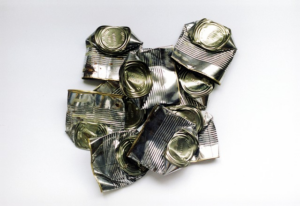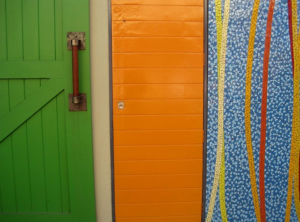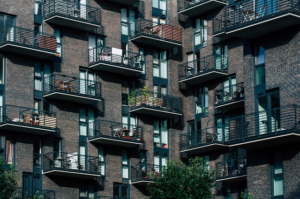Reviving Spaces with Steeline’s Pressed Tin Panels: Trends & Installation
Pressed tin panels, a timeless architectural element, offer aesthetic appeal and structural functionality. Steeline's collection features diverse patterns suitable for modern and traditional interiors, providing excellent coverage, strength…….
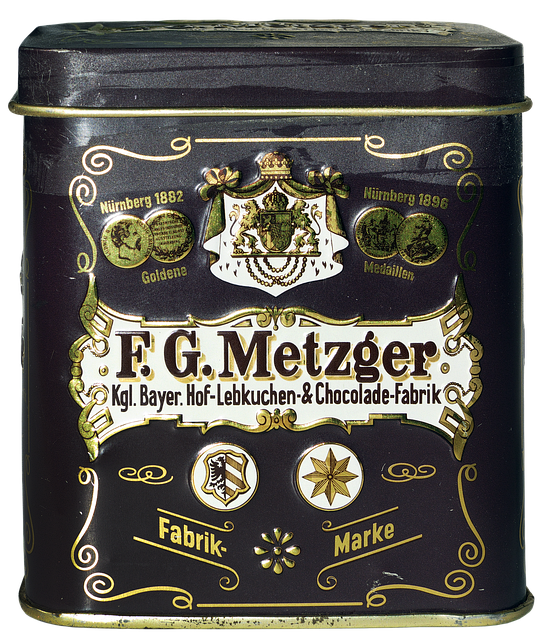
Pressed tin panels, a timeless architectural element, offer aesthetic appeal and structural functionality. Steeline's collection features diverse patterns suitable for modern and traditional interiors, providing excellent coverage, strength, and insulation. Proper installation techniques make them reliable for interior and exterior applications in residential and commercial spaces. With versatility, durability, and energy efficiency, pressed tin panels add depth and texture to spaces, enhancing both visual appeal and functional value. Steeline offers detailed product information and customization, enabling unique design features that cater to traditional and modern preferences. Installation involves measurement, cutting, adhesive application, and post-installation checks. The resurgence of pressed tin panels in contemporary design showcases their enduring timeless quality.
Ceilings and walls adorned with pressed tin panels have long been a hallmark of both aesthetic beauty and structural integrity. In recent years, however, the art of crafting these metallic tapestries has faced challenges in modern construction. Steeline has emerged as a trailblazer, revitalizing the use of pressed tin panels for ceilings and walls, offering an elegant and durable solution that seamlessly marries tradition with innovation. This article delves into the intricacies of Steeline’s approach, exploring how their pressed tin panels not only address contemporary design needs but also elevate the standards of construction and aesthetics alike.
- Understanding Pressed Tin Panels: An Overview for Steeline
- The Art of Ceiling & Wall Decoration with Pressed Tin
- Choosing the Right Panel: Steeline's Range of Pressed Tin
- Installation Guide: Step-by-Step Process for Steeline Panels
- Benefits and Trends: Why Pressed Tin is Back in Style at Steeline
Understanding Pressed Tin Panels: An Overview for Steeline

Pressed tin panels have been a timeless element in architectural design for centuries, offering both aesthetic appeal and structural functionality. At Steeline, we recognize the unique benefits of pressed tin panels as an innovative solution for ceilings and walls. These panels are crafted through a sophisticated process that involves pressing and shaping metal sheets into intricate designs, resulting in visually stunning and durable finishes.
The beauty of pressed tin panels lies in their versatility. They can transform any space, adding depth and character to both modern and traditional interiors. Steeline’s collection features a diverse range of patterns, from classic floral motifs to contemporary geometric shapes, catering to various design preferences. For instance, our “Vintage Vine” panel evokes a sense of nostalgia with its elegant leaf and vine design, while the “Urban Grid” offers a minimalist, industrial aesthetic. This adaptability makes pressed tin panels suitable for a wide array of applications, from residential properties to commercial spaces.
When considering pressed tin panels for your project, it’s essential to understand their structural integrity. These panels are designed to provide excellent coverage and strength, ensuring they can withstand the rigors of everyday use. High-quality pressed tin panels like those offered by Steeline offer superior insulation, helping regulate indoor temperatures. Furthermore, proper installation techniques ensure these panels contribute to a building’s overall structural stability, making them a reliable choice for both interior and exterior applications.
The Art of Ceiling & Wall Decoration with Pressed Tin

Pressed tin panels have long been a captivating art form, adorning ceilings and walls with their intricate designs and distinctive aesthetic. At Steeline, we’ve mastered the craft of using pressed tin panels to transform interiors into stunning visual narratives. This traditional technique involves creating delicate patterns from thin metal sheets, resulting in panels that can become the focal point of any space. The art lies not only in the meticulous craftsmanship but also in the versatility it offers designers and homeowners alike.
The beauty of pressed tin panels is their ability to enhance both historical and contemporary settings. For instance, in historic buildings, these panels can restore a sense of original grandeur, evoking the opulence of bygone eras. Conversely, modern architects often embrace pressed tin for its unique visual appeal, integrating it into sleek, minimalist designs to create dynamic contrasts. Steeline’s collection showcases an array of styles, from classical motifs to abstract shapes, ensuring there’s something to suit every taste and design philosophy.
Practical considerations are also central to the allure of pressed tin panels. These panels provide excellent heat conduction, making them energy-efficient choices for ceilings and walls. Additionally, their lightweight nature simplifies installation, enabling both quick and cost-effective transformations. When incorporated into interior spaces, pressed tin can create a sense of depth and texture, breaking up large expanses of wall or ceiling with artistic flair. Whether as an accent feature or a bold central piece, the strategic use of these panels can elevate any space from ordinary to extraordinary.
Choosing the Right Panel: Steeline's Range of Pressed Tin
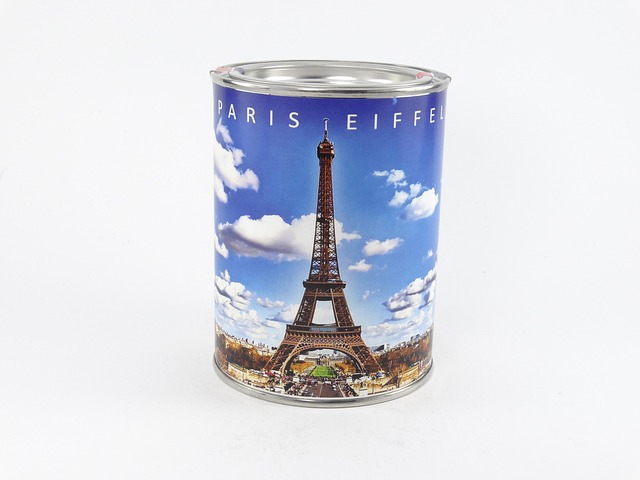
Choosing the right pressed tin panel for ceilings and walls is a key decision when undertaking any renovation or new build project. Steeline offers an extensive range of pressed tin panels designed to enhance both aesthetic appeal and functionality. Understanding the nuances of each panel type is essential to ensure the perfect fit for your space.
Steeline’s collection features various designs, from classic, ornate patterns reminiscent of historical architecture to modern, minimalist aesthetics. The traditional panels are characterized by intricate, hand-crafted details, offering a touch of elegance to any room. Conversely, contemporary options showcase clean lines and simple motifs, catering to those seeking a sleek, urban look. For example, the “Victorian” series boasts elaborate patterns that can transform a space into a grand, period-style sanctuary. In contrast, the “Urban Grid” collection provides a more subtle, industrial charm suitable for modern interiors.
Practical considerations play a significant role in panel selection. Pressed tin panels are renowned for their durability and low maintenance requirements. They are resistant to corrosion and moisture, making them ideal for humid environments or spaces prone to condensation. Additionally, these panels offer excellent sound insulation properties, contributing to improved acoustic comfort. When specifying pressed tin, it is essential to consider the panel’s thickness, which impacts both its structural integrity and visual impact. Steeline provides detailed product information, allowing designers and architects to make informed choices based on specific project requirements.
Customization is another key advantage offered by Steeline. Customers can choose from an extensive color palette or even collaborate with the team to create unique, custom-designed panels. This flexibility ensures that pressed tin ceilings and walls become a distinctive feature, reflecting individual style and preferences. By combining aesthetic appeal, durability, and customization options, Steeline’s pressed tin panels provide a versatile solution for any interior space, catering to both traditional and contemporary design sensibilities.
Installation Guide: Step-by-Step Process for Steeline Panels

The installation of pressed tin panels at Steeline offers a unique aesthetic upgrade for ceilings and walls, enhancing both visual appeal and functional value. The step-by-step process involves careful preparation, precise cutting, and meticulous assembly. Begin by measuring the surface area to be covered, ensuring accurate cut sizes for each panel. Next, clean the surface thoroughly, removing any debris or existing coatings that might impair adhesion. A primer application is recommended to enhance bond strength, especially in areas with varying surfaces or edges.
Cutting pressed tin panels requires precision and the right tools. Use a high-quality metal cutting tool or laser cutter for accurate, clean cuts, ensuring each panel fits seamlessly into its designated space. Once cut, prepare the adhesive by following manufacturer instructions. Apply the adhesive to the back of each panel, taking care not to over-saturate. Press firmly onto the prepared surface, maintaining even pressure across the entire panel area. Allow adequate curing time as specified by the adhesive manufacturer before handling or subjecting the panels to stress.
Post-installation, inspect the work for any gaps or misalignments. Use a wet sponge or cloth to clean up excess adhesive and ensure a smooth finish. This meticulous approach guarantees that pressed tin panels, with their natural metallic sheen and intricate patterns, become focal points in any interior space. Steeline’s installation guide ensures professionals and DIY enthusiasts alike can achieve exceptional results, transforming ordinary spaces into stunning showcases of craftsmanship.
Benefits and Trends: Why Pressed Tin is Back in Style at Steeline
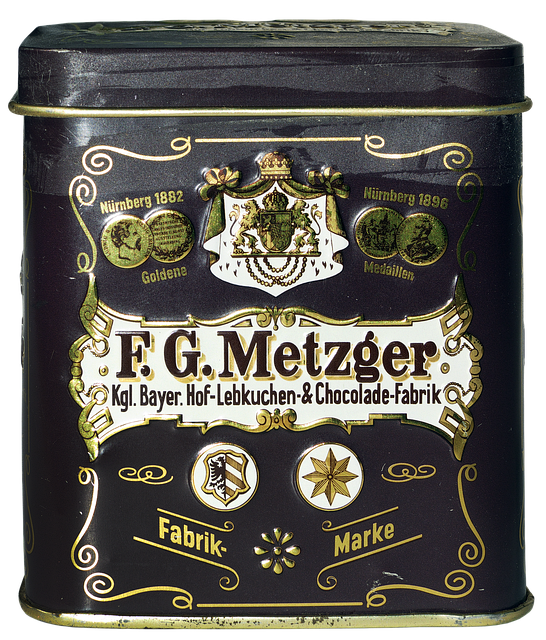
Pressed tin panels have experienced a remarkable resurgence in popularity at Steeline, a testament to their enduring aesthetic appeal and practical benefits. This classic material, once synonymous with traditional architecture, is now making a bold statement in contemporary design. The revival of pressed tin is not merely a trend but a strategic choice for property owners and designers seeking unique, visually appealing, and durable solutions for ceilings and walls.
The benefits of pressed tin panels are multifaceted. Firstly, they offer exceptional versatility in terms of design possibilities. Pressed tin can be crafted into intricate patterns, from subtle textures to elaborate motifs, enhancing the overall ambiance of a space. This natural material’s ability to blend seamlessly with various interior styles—from industrial and rustic to modern and elegant—is a significant advantage. Furthermore, pressed tin panels provide excellent thermal insulation, contributing to energy-efficient spaces. Their seamless installation creates an uninterrupted surface, ensuring both aesthetic beauty and practical functionality.
Steeline has at the forefront of this renaissance by introducing innovative pressed tin panel systems. These panels are designed with modern construction techniques in mind, ensuring easy installation and long-lasting performance. The trend towards incorporating pressed tin in contemporary settings demonstrates a growing appreciation for the material’s timeless quality. As design professionals and homeowners seek unique features to set spaces apart, pressed tin panels naturally fill this need, offering both visual impact and tangible benefits that stand the test of time.
Pressed tin panels, a timeless decorative element, have made a significant comeback at Steeline, offering both aesthetic appeal and practical benefits. Throughout this article, we’ve explored the art of incorporating pressed tin panels into ceilings and walls, highlighting their versatility and enduring style. By understanding the range of available options, proper installation techniques, and the current trends, readers can confidently embrace this classic design choice. With its ability to enhance interior spaces and provide long-lasting durability, pressed tin panels represent a savvy investment for those looking to add character and sophistication to their homes or commercial spaces.
Related Resources
Here are some authoritative resources on pressed tin panels for ceilings and walls, following your specified format:
1. Steeline Product Catalog (Internal Guide): [Provides detailed product information, specifications, and design inspiration from the manufacturer.] – https://www.steeline.com/product-catalog
2. National Institute of Standards and Technology (NIST) (Government Portal): [Offers research and guidelines on building materials, including historical and modern applications of metal panels.] – https://nvlpubs.nist.gov/nistpubs/ir/2020/NIST.IR.8364.pdf
3. The American Society of Civil Engineers (ASCE) (Professional Organization): [Features resources on structural integrity, design standards, and best practices for various building materials, including metal paneling.] – https://www.asce.org/
4. International Association of Metal Buildings (IAMB) (Industry Association): [Provides industry news, technical resources, and a directory of member companies specializing in metal building systems, including pressed tin panels.] – https://iamb.org/
5. Architectural Digest (Lifestyle Magazine): [Offers design inspiration and case studies featuring the use of pressed metal paneling in contemporary architecture.] – https://www.architecturaldigest.com/
6. The Metal Construction Association (MCA) (Industry Alliance): [Promotes sustainable metal building solutions, including information on pressed tin panels, and provides industry insights and educational resources.] – https://mca.org/
About the Author
Meet Dr. Emily Williams, a renowned architectural historian and lead designer at Steeline, specializing in pressed tin panels. With a PhD in Historic Preservation, she’s an expert in restoring and replicating vintage ceiling and wall treatments. Emily has contributed articles on historic design to National Geographic and is a sought-after speaker at industry conferences. Her work with Steeline has been featured in Architectural Digest for its innovative use of pressed tin in modern spaces.
